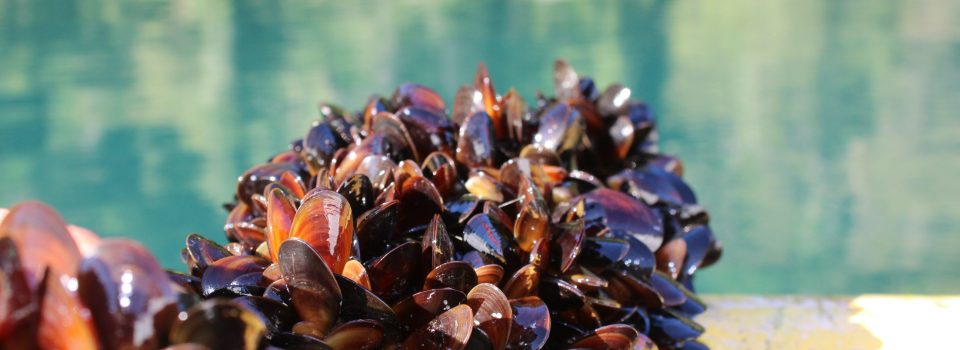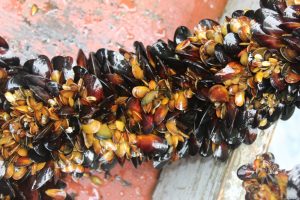Intemit detects important advance of mussel spawning
September 16th, 2021IFOP validated it by a historical Reloncaví Estuary larval abundance .
By gonadal analysis service virtue for spawning identification in catchment areas carried out by the Mitiliculture Technological Institute (Intemit), an important reproducers massive spawning was identified during August 2021 first days. This spawning identification in breeders occurred one month in advance with respect to 2020, which may affect seed uptake for the season that is beginning.
These spawning broodstock anticipated results identified by Intemit, were confirmed by the “Monitoring and surveillance program on larval availability of mitilids for sustainability of aquaculture activity in southern zone of Chile” of IFOP, where the analysis of The samples obtained at the beginning of August showed a historical abundance of almost 20,000 D larvae (spawning indicators), for each seawater cubic meter. These values are unheard of for the month of August, since spawning of this magnitude usually occurs from September onwards.
According to what the head of services and analyst for mussel gonadal monitoring, Camila Barría mentioned, “this is valuable information, since before starting this service, where broodstocks are sampled from catchment areas, mussels behavior was unknown. reproductive processes or this information was late. With mussels gonadal analysis, we can, in 24 hours, know samples status and be able to alert clients (mussel farmers) about spawning presence , anticipating catchment by at least one month ”.
According to Intemit’s project manager, Cristian Segura, “predominant bio-oceanographic environmental factors, such as temperature or phytoplankton, stimulate or inhibit reproductive processes, advancing or delaying mussels,spawning which in productive terms can significantly influence seed collectionefficiency when collectors are not installed at the right times ”.
For his part, IFOP Larval Monitoring Program researcher, David Opazo, indicated that “in eight years of monitoring we had not registered a spawning of this magnitude in the month of August, and this time we evidenced it, not only in the Reloncaví Estuary (Yates sector, Los Lagos region), but also in Hualaihué (Pichicolo sector, Los Lagos region). This situation reinforces the idea that the natural supply of larvae for capturing mytillid seeds is highly variable and unpredictable ”.
Regarding this anomalous event causes , the IFOP researcher added that “a probable cause of phytoplankton are blooms occurrence (large sudden increases in the amount of phytoplankton) throughout this winter, which, in general, They begin to occur in early spring and are associated with large spawning of mussel larvae. There is also evidence that sea surface temperature was warmer this winter, compared to most winters in previous years. ”
Finally, with regard to the possible implications for mussel seed uptake activity, he pointed out that “we should see them in the coming weeks, when we know if the typical spring spawning that larvae provide for mussel seed uptake in period in which the greatest number of collectors are found in the water ”.
With this data, better decisions can be made regarding when the collectors are put in.
To know more about IFOP monitoring program larval larvae abundance reports, you can enter this link.
https://ifop.maps.arcgis.com/home/index.html
iformation source Intemit

